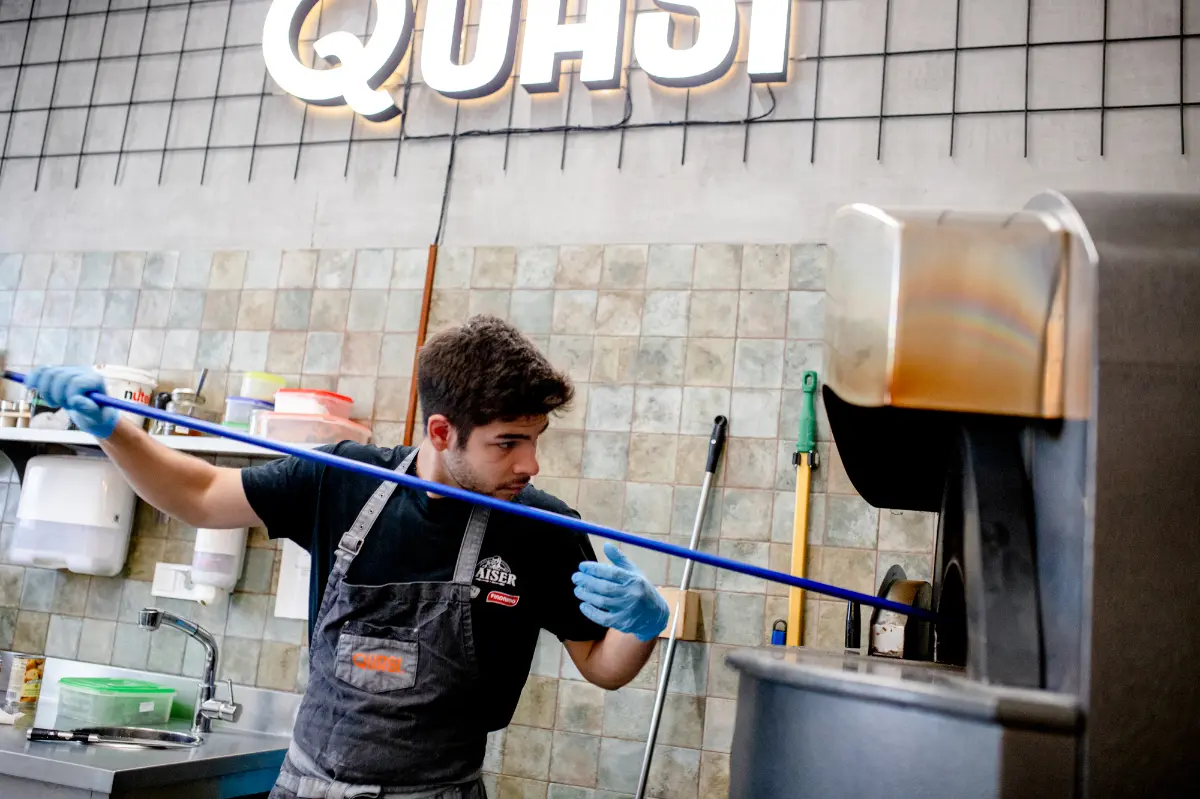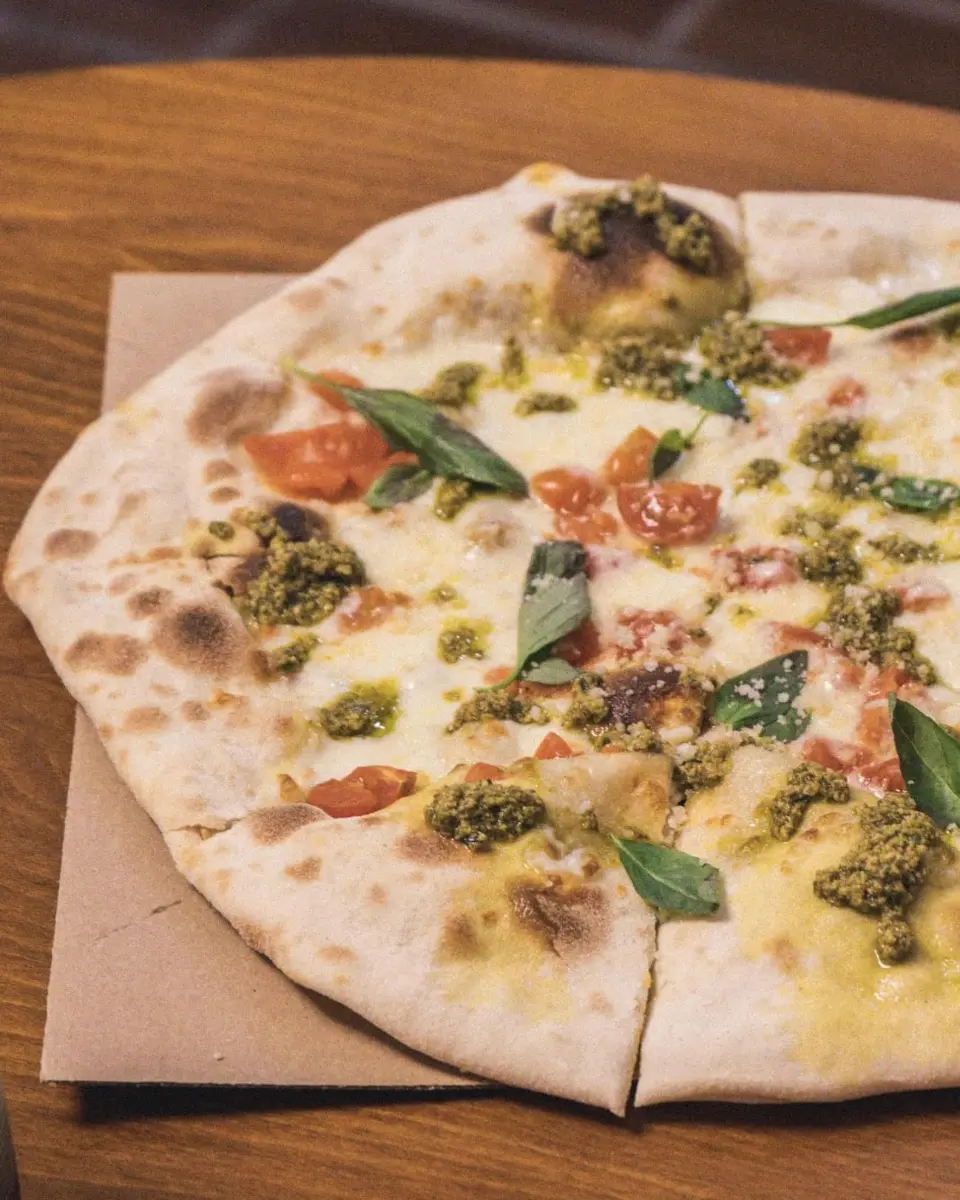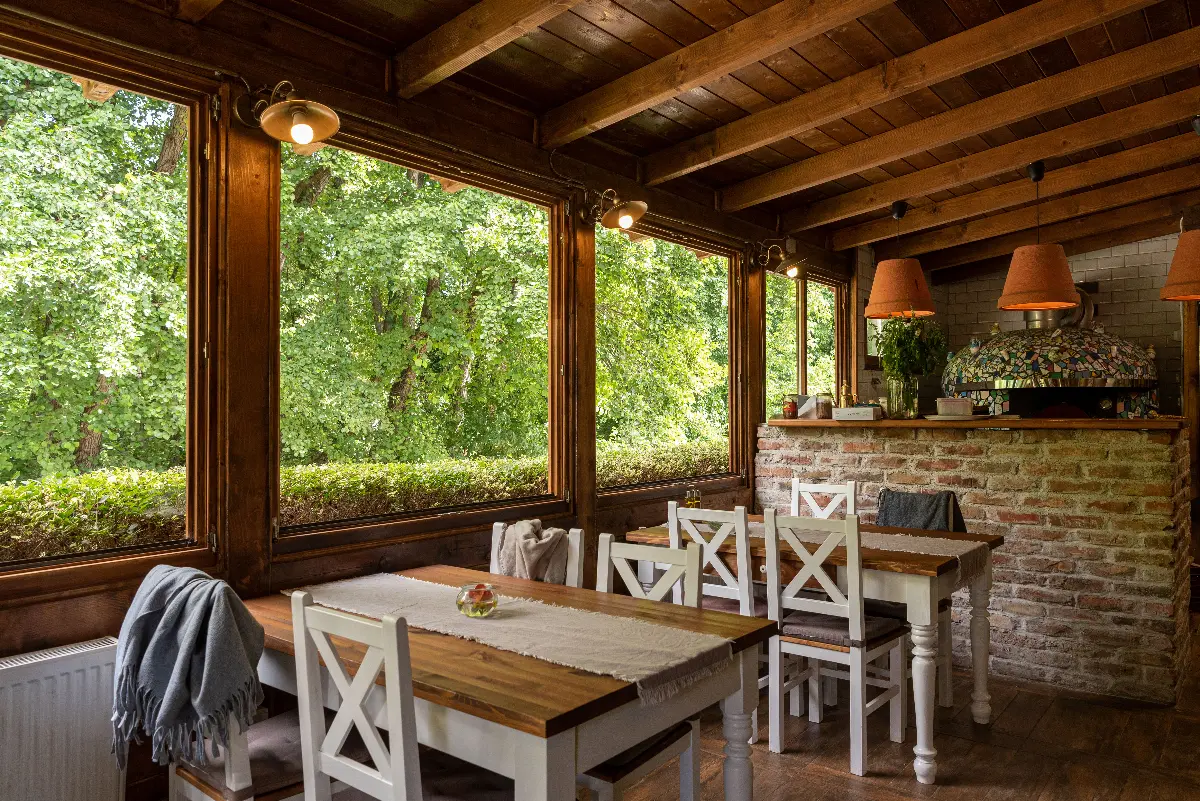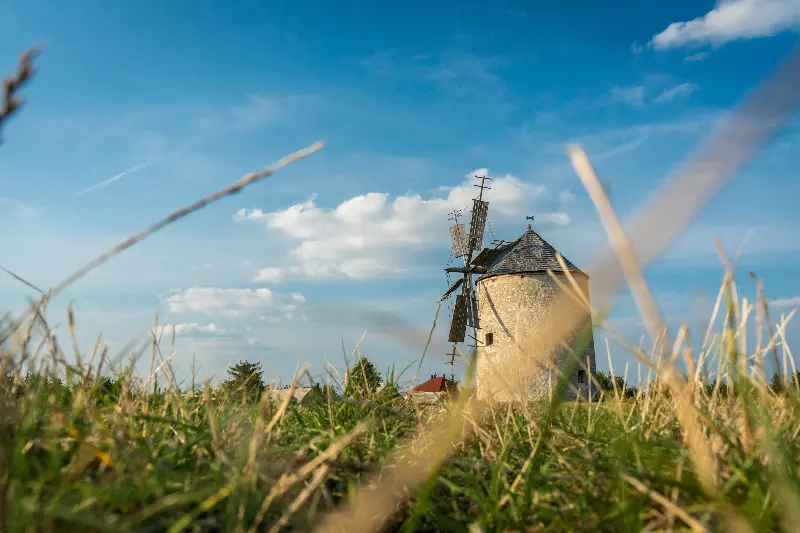
Helyszín címkék:
From Naples to the Danube Bend – pizza panorama in Hungary
Szabó Sára
Poisonous tomato and Pizzus Maximus
According to the legend, pizza was invented as a result of a lucky accident. Somewhen in the ancient Rome a baker, certain Pizzus Maximus while baking the bread forgot the dough for a moment and it started to become flat. He tried to repair his fault in despair, therefore put everything found in his kitchen on his flat-bread: olive, cheese, and some tomato sauce (although then he could use only the tomato brought by the time travellers…).
However, it is widely held that the modern pizza was really born in 1889, when the Neapolitan pizza master Raffaele Esposito made a pizza in red-white-green colours to the honour of Queen Margherita I – it became the iconic pizza Margherita. The food was prepared with red tomatoes, white mozzarella and green basil leaves, evoking the colours of the Italian national flag. Having been very successful since then, it appears in all parts of the world in newer and newer forms, sometimes with quite crazy toppings.

The invention of pizza is really connected to the Italians, to be precise to the southern Italian city of Naples, but the roots of the food spread much deeper. The basic idea to bake a flatbread and put various toppings on it really appeared already among the ancient Greeks and Egyptians as well. These ancient “pizzas”, however, were only distantly related to the pizza known today. The pizza in the modern conception - that is a round, baked dough with tomato, cheese topping – was born at the end of the 18th century or at the beginning of the 19th century. Tomatoes were brought from the New World to Europe only as late as in the 16th century, and were thought to be poisonous by many people at first. But when the Neapolitans finally find out that tomatoes are too edible (and fine), they started to put them on bread, then complete them with various toppings.
Hungarian, American, Italian?
Pizza started to become spread in Hungary relatively late, during the 1960s, but became really popular only in the 80s and 90s. Domestic restaurants offered typically a version with thick dough and rich toppings in the 60s, 70s, but with the change of the political regime the number of gastronomic effects coming from abroad increased, so the world opened wide in the field of pizza as well. The international pizza chains also arrived to us, so instead of the authentic Italian pizza, we got quite mixed: beyond the Hungarian, we received the American tastes, and it seemed that we were drifting apart from Naples. But there was hope in the 2000s: more and more such restaurants opened which started to offer the thin-dough Neapolitan or Roman pizza. These were baked in wood fired ovens and the ingredients were also brought from Italy.
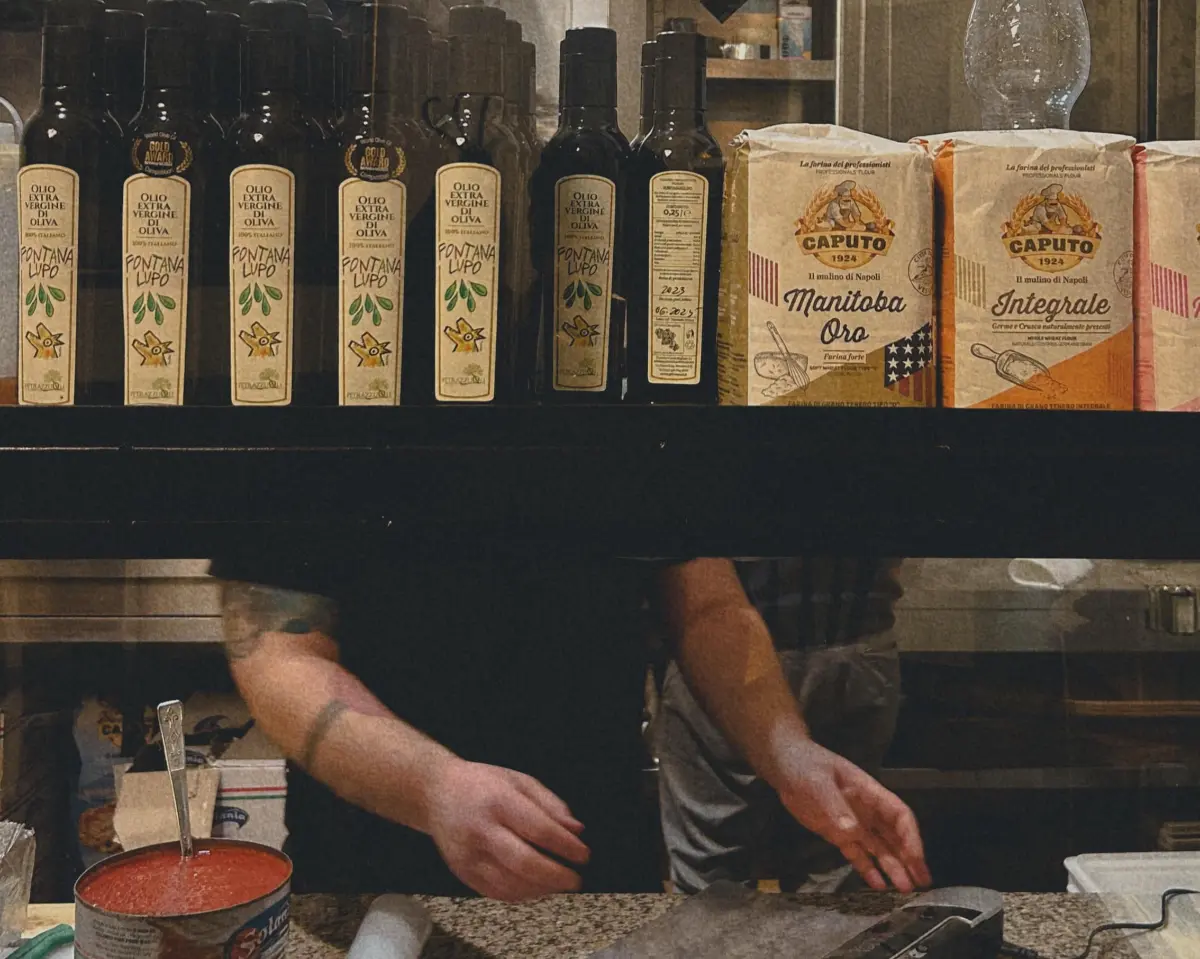
„The most important thing is that we should not compromise on ingredients. In the home of pizza, Italy, we can clearly see that instead of quantity of toppings, quality is what counts”
– says Dániel Pongrácz, owner of the Pizza Club in Pécs.
The question here is: Neapolitan or Roman?
Pizzas in Neapolitan and Roman style are two especially distinct varieties of Italian pizza making, which are different mainly in their techniques of preparing the dough and baking. Let’s see which are the essential differences.
While the dough of the Neapolitan pizza is light, its edges (the „cornicione”) are thicker and airy, the Roman pizza is thin and crispy, almost like texture of biscuit. Neapolitan pizzas are baked at a very high temperature, even at 450-500 degrees C, and stay in the oven only for 60-90 seconds, while their Roman brothers are baked at lower temperature, about 300 degrees C, and spend 4-6 minutes in the hotness. This longer baking time will ensure for the dough to become crispy. For the Neapolitan pizza, very simple, high-quality ingredients are used: San Marzano tomato, fresh mozzarella (possibly buffalo mozzarella), basil and extra virgin olive oil. This style rather strives for minimalism, with small amount of toppings. On the contrary, pizzas in Roman style can be made with more variegated toppings, offering more creative or richer taste in some cases. As a popular street food, they are of rectangular shape originally and often eaten during walking, while the Neapolitan pizzas are traditionally consumed on the spot.

Owners of Hungarian pizzerias representing the Neapolitan line spare no effort to travel to Italy for ingredients in order to maintain quality. Dániel Pongrácz told that before the construction of Pizza Club the whole team travelled there and they looked for the answer what is the plus which makes the Italian restaurants special and able to operate for several generations.
„Thus, we got at the Campania region completely accidentally and met Giovanni and his family. After they guided us around their olive plantation and told the history of their company, they invited us to have a lunch in their house. It was fully natural for them, but we were deeply affected by this whole-heartedness and age-old tradition. The relationship continued to exist, and now their small-pack olive oil is sold only in our restaurant in Hungary.”
– says the pizza maker.
Great places with great pizzas
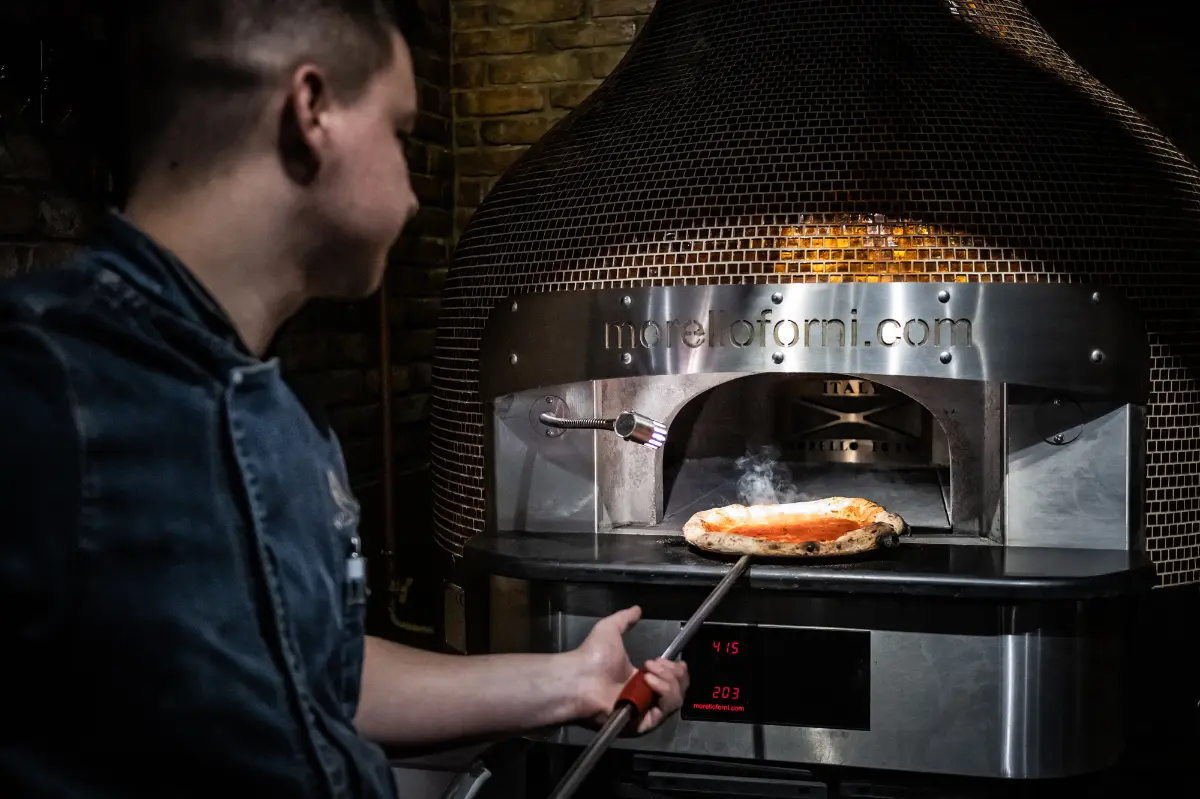
Avalon Ristorante, Miskolc: Following Neapolitan traditions, the airy, light and crispy, bubble-dough pizza is also made at the Avalon Park restaurant recognized with a MICHELIN plate. Avalon Ristorante perfectly captures the essence of Italian dining culture: the atmosphere is milling, the milieu is family-friendly, you can share small plate dishes, taste heavenly pastas, and of course there are the divine pizzas with fresh toppings regularly delivered from Italy, which are blistered to perfection in the Morello Forni oven with the help of the restaurant's pizza masters.
Panificio Il Basilico, Szentendre: A pinch of Naples in Szentendre, which is the sanctuary of Szabi, the baker (Szabolcs Szabadfi). In addition to traditional Italian fancy breads, it offers Panificio Il Basilico pizza as well, in Neapolitan style. They are trying numerous special toppings, and working with high- quality ingredients.
Pizzaklub (Pizza Club), Pécs: One of the favourite restaurants of locals, having youthful atmosphere and being famous of offering also exiting, unique taste combinations weekly in addition to the classical pizzas. The pizzas of the Pizza Club are made of high-quality ingredients along the idea of “simple but exquisite”, with crispy and tasty dough.
Pizza Quasi Napoletana, Eger: In the pizzeria found in the city of Eger, pizzas are made from pizza dough of long leavening time accepted also on the basis of the qualification of the Neapolitan Pizza World Association, in an oven of 500 degrees C using such premium ingredients like for example the Italian nduja sausage pasta. The clear Italian offering is typical here as well, but it is worth waiting for the offer of the month, too.
Restaurant & Terrace Tico, Szántód: On the southern shore of Lake Balaton, it is worth going to Tico for an Italian feel. Here, Neapolitan pizzas are baked in a professional and modern oven, on a stone, and the thin, crispy dough is topped with rich and delicious toppings. The ingredients are fresh, the recipes are traditional, and the selection is wide – our favourite is the Prosciutto Cotto of which we can’t get enough. If you want, you can watch the entire process, as the pizzas are made in a matter of seconds under careful and agile hands: you can see the long counter where they are rolling and shaping, and you can also catch the moment when the dough is placed in the oven. If the littlest ones in the group wouldn't stare at all this agape, you can keep them busy with drawing and colouring: the place-mats on the tables are also colouring books, and there is also a large pack of coloured pencils.
